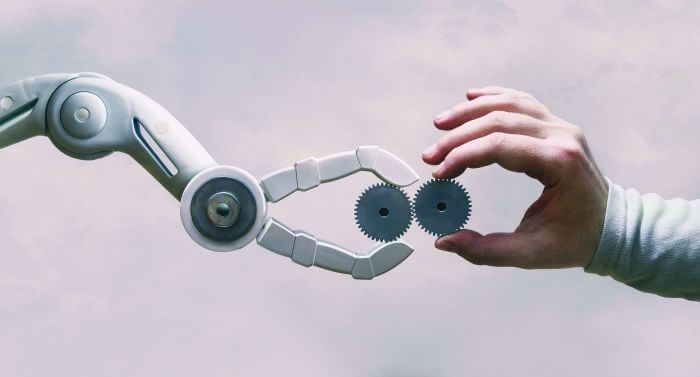Finances and figuring out what you need are two of the significant barriers to automation success.
While automation in pet food production is growing increasingly appealing at all stages of the process, there are still some challenges to both adaptation and implementation.
Challenge 1: The financial investment
Obviously, there is significant monetary investment required in switching to an automated system, particularly up front.
“[One of the top challenges is that] implementing automation can have a higher-than-expected initial cost,” said Brandon Dohn, senior systems engineer for Coperion K-Tron USA, which provides solutions for state-of-the-art process equipment, particularly in feeding and pneumatic conveying components.
Knowing how to make automation work for your company, and understanding the returns, is key to gaining willingness to make that investment.
“The most common challenge is understanding how to invest your money for the greatest return,” said Pete Ensch, CEO of WEM Automation, a company that designs, installs and services process automation systems. “This challenge is becoming less, however, as the current job market has made it difficult for a number of companies to find workers. Automation can address labor shortages, making the return on investment much faster.”
Challenge 2: Knowing what you need and how to get it
Trying to figure out which vendors to select for automation relevant to the success of an operation, said Dohn, is another challenge — one that can make that initial buy-in a bit more difficult to agree to.
Will Henry, R&D director for Extru-Tech Inc., a company that produces and markets extrusion processing systems, said that knowing the appropriate instrumentation to match the environment and specific measurements required is key … and is also a significant challenge.
This particular challenge extends to all facets of pet food, and different areas have different needs that they may or may not know how to meet with automation.
“The biggest challenge in pet food manufacturing for the most part is packaging,” said Lloyd Parks, vice president of sales (Americas) for Cuddon Freeze Dry, which sells freeze drying equipment. “In the case of extruded and baked products, which is the majority of pet food, automation equipment and ways to fill packaging already exist; however it takes more packaging equipment to absorb the volume an extrusion line or a bake line can produce. In the case of more niche products such as fresh or freeze dried packaging is more of a challenge, partially because no two processes are identical, making finding existing equipment to fill packaging a challenge.”
The challenge doesn’t end when product hits the shelf.
“Pet food retail businesses are fragmented,” said Randy Skyba, vice president of sales and marketing for Minus Forty, which manufactures commercial refrigerated merchandizing solutions. “Some already have experienced or are familiar with automation to a certain degree, and they are ready to be early adopters. But a large portion of end users never heard of automation terms like artificial intelligence (AI), are very skeptical or are not willing to ‘change the system that works’. The latter group will need much more convincing in the benefits that automation and Internet of Things (IoT) systems with integrated AI and machine learning bring to all end users.”
And of course, technology is a moving target.
“The challenge is digitalization,” said Christian Sartore, software engineer for GEA, an international supplier of food processing technology specializing in machinery, plants and process technology and components. “We are continuously researching the top-level solution with new sensors and devices. I can say the research in AI and AR and energy saving are in progress for the future.”
Staying on top of everything can be difficult, but technology itself can also make things a bit easier.
“The primary challenge is the ever-evolving technology in software and devices,” said Brian Streit, director of pet food & aqua feed technology at Wenger, which provides complete process solutions with extrusion and dryer technology. “However, this challenge can typically be offset with periodic system updates supplied by the equipment or controls providers. There continues to be significant improvements in instrumentation and device technology for robust process system monitoring and feedback to the central controls system allowing for improved accuracy of automated changes and reporting to the operator.”
For the companion article, “Automation in pet food: optimizing production, safety,” published in the December 2021 issue of Petfood Industry magazine, see www.PetfoodIndustry.com/articles/10781.
